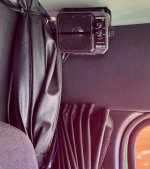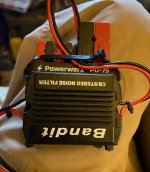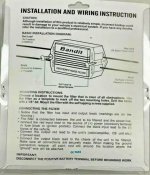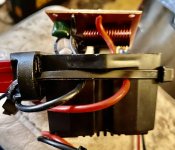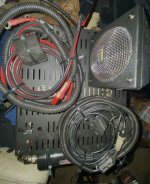W8HDU
Member
If it's at idle, I think I might be looking for the source with a scope or a meter which may measure AC down to millivolts. I'm surprised it's getting past the KLF-2. I use them on all our trucks, most of which are Gm 1500, 2500, and 3500 series. I'll have to quiz the operator of the Volvo VN 780, and see if he's noticed a whine on his radio. I don't hear it on his transmissions. Can you always hear it?


